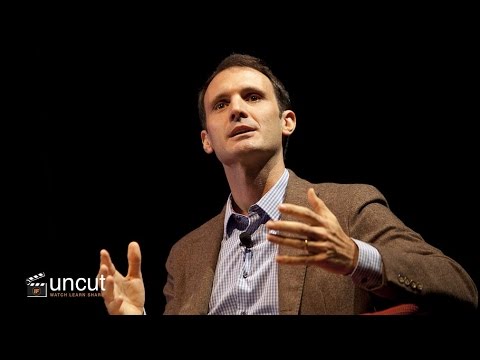6.1: Becker, TMT y Recursos de Video Existencialista
- Page ID
- 144547
Madre forkin' moral con Todd May: Existencialismo
El doctor Todd May, profesor de Filósofo explica el existencialismo y las crisis existenciales en relación con el programa de televisión, El buen lugar (4:11).
La filosofía de Darth Vader
Wisecrack resume a Becker y relata sus ideas con Darth Vader (12:30).
Bummer existencial
¿Cómo vivimos la vida, sabiendo que vamos a morir (2:53)?
Conferencia de Graves Matters de Sheldon Solomon
Conferencia a cargo de Sheldon Solomon, PhD, profesor de psicología en el Skidmore College y coautor de The Worm at the Core: On the Role of Death in Life (1:26:16).
4 historias que nos contamos sobre la muerte
En esta charla TED, Stephen Cave habla sobre las formas en que luchamos por la inmortalidad simbólica y literal (15:53).
El problema de la muerte
Conferencia de Stephen Cave
Ya sea física, espiritualmente o quizás a través de un legado, el filósofo Stephen Cave discute cómo la incesante búsqueda de vivir para siempre ha influido y dado forma a la civilización desde los albores de la humanidad (51:42).
Academia de las Ideas—Ernest Becker y el heroísmo
En esta conferencia La Academia de Ideas investiga lo que Ernest Becker llamó el impulso universal al heroísmo. Analizamos las diferentes formas en que Becker propuso que los individuos se esfuerzan por el heroísmo, e introducimos lo que él llamó heroísmo genuino (9:23).
La Condición Humana
Jason Silva sobre la condición humana, inspirado en Ernest Becker (2:41).
Ernest Becker y el problema de la muerte
En esta conferencia La Academia de las Ideas analiza las ideas del antropólogo cultural del siglo XX Ernest Becker sobre cómo el miedo a la muerte acecha al ser humano, dando forma a la propia experiencia de la realidad. Observamos cómo Becker pensaba que los individuos alivian este miedo esforzándose por vivir vidas significativas y significativas (8:49).












